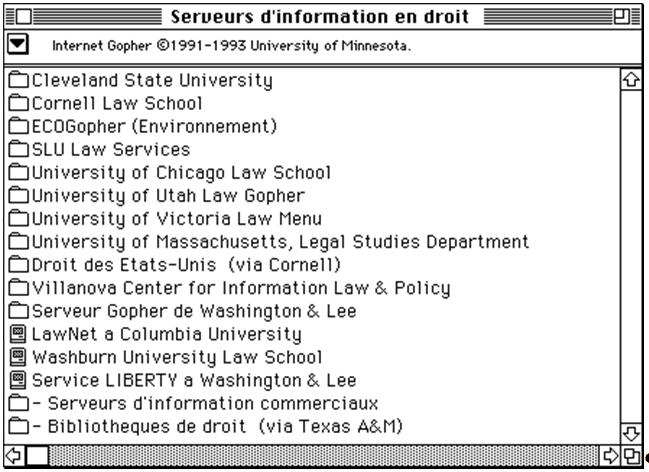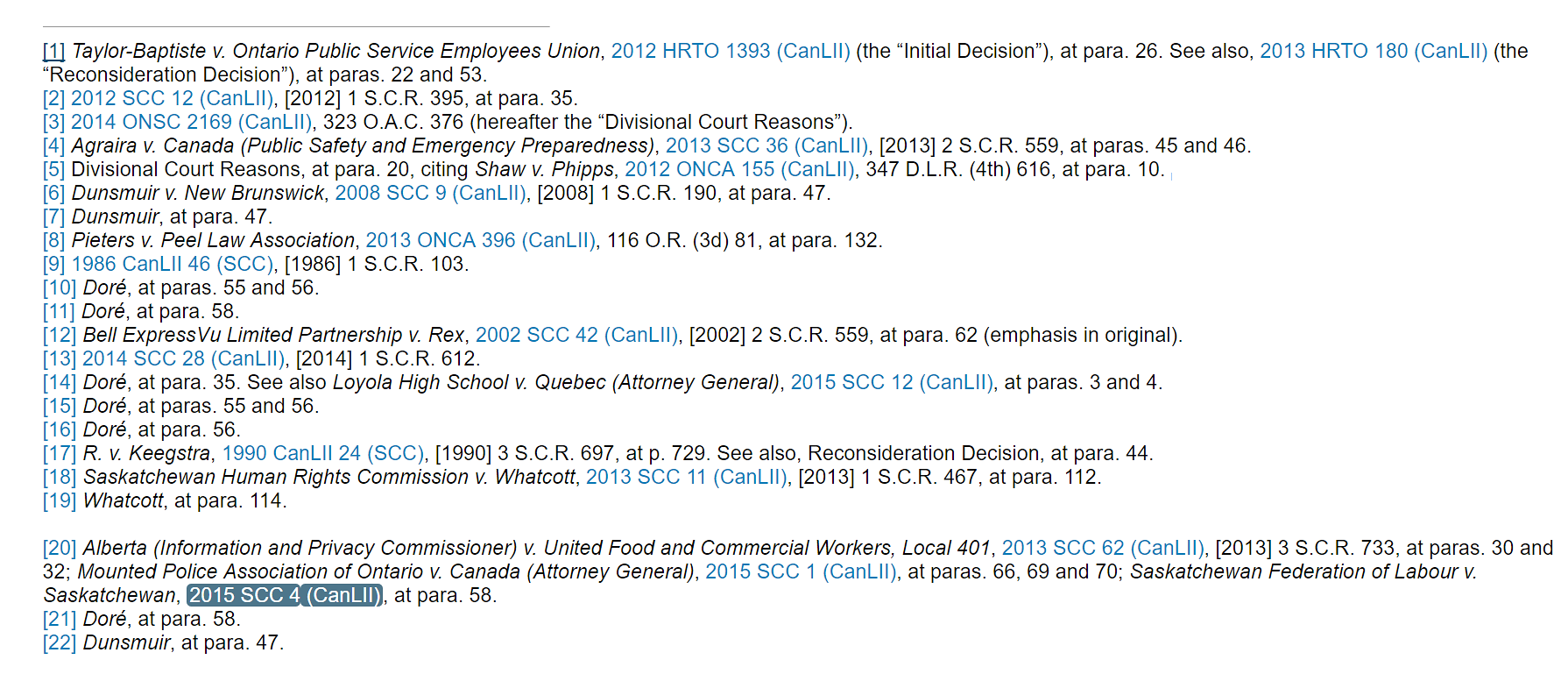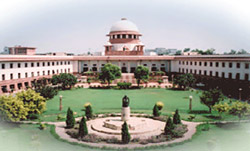This year, I was lucky enough to be able to attend the annual LVI conference, held this year at Limmasol, Cyprus. A truly beautiful place where Laris Vrahimis from CyLaw and the Cyprus Bar went out of their way to make a memorable event. It was also an ongoing affirmation that the Free Access to Law Movement is alive and working. But there was also a note of frustration and pessimism in the air. The note of frustration was summed up in the question “where do we go from here?” After 25 years of LIIs, this is a fair question.
It’s a very important question. The LIIs across the world have been working on making primary source law available to their fellow citizens, and have gotten pretty good at it. There are still far too few LIIs, but the ones that are around have the basics down pretty well. But most are stuck at that basic level. This is a problem with several levels. The first is that the basics themselves are not all that easy. It’s a lot of work to gather, process, and publish the law on the shoestring budgets that we all have. And it is of crucial importance that the basic primary source law stay available. This basic level must be maintained.
But what about everything else that ought to be done? Here are three things to do. There are places, like Cornell, that are doing some already, but there is room for every LII to think about and work on these steps.
Access to Justice
The first item is assisting users with interpretive materials and guidance. Fortunately, the Cornell LII, the Center for Computer Assisted Legal Instruction (CALI), and Justia have been doing things along these lines already. For years now, Cornell LII has been developing WEX (https://www.law.cornell.edu/wex), a free legal encyclopedia and dictionary. They also have the Supreme Court Bulletin (https://www.law.cornell.edu/supct/cert). Justia has similar services in the form of the Justia blog and the Justia Verdict legal commentary site (https://verdict.justia.com/), as well as its crowdsourced court decision annotations. In the case of the LII, the labor and expertise is supplied mostly through the students of Cornell Law School, under the supervision of Cornell LII editors. In the case of Justia, it is lawyers and academics who wish to be published, and who are getting advantages from the Justia service in return for their efforts.
CALI does not have decision commentary, but has developed their A2J guided interview software system (https://www.a2jauthor.org/). A2J allows law clinics to develop online interviews that guide clients through all the information needed to address a selected legal issue, and provide needed information or even print court or other documents ready for filing.
Translating these kinds of services to other LII’s might be harder or easier depending on their individual circumstances. Some LII’s may be in a position to recruit volunteer labor, in which case, generation of commentary and guidance for popular benefit could be a practical path. As to the CALI A2J system, it is available to anyone. However, its use requires a great deal of initial dedication and labor to produce an interview, and any interview produced will require maintenance.
Archiving
Maybe the least interesting thing that we can be involved with. It is certainly not going to generate interest (or donations) from the public. However, it is of great importance. How easy is it for 25 years of vital legal information to be wiped out in a small and terrible flash. Even more insidious, is a slow bleed from bit rot. It’s the kind of problem that we won’t be aware of until it’s already upon us.
Now it goes without saying that we all back up. And we all back up carefully and regularly. But as we move forward, and look to the long term, we know that real disasters will come upon us at some point. We can assure ourselves that it won’t happen anytime soon, or on our watch. But of course, that is exactly the sort of thinking that the librarians in Alexandria engaged in. It did work for a long time, but not indefinitely. The only real solution to data longevity is the old solution that the print world has been using since the development of the printing press: replication and distribution. Many copies, distributed as widely as possible.
To the computer scientist, this seems horribly inefficient. It is. But they must overcome their horror, and understand that efficiency is not an end in itself. Longevity is far more important. And to live indefinitely, data must be immune from institutional failure. The only way to guarantee that is not to rely on single institutions.
A more serious barrier to widespread replication of data is distrust, both within institutions and nationally. On the institutional level, there are understandable fears concerning reputation, prestige and funding. If an LII allows other institutions to have a copy of the material they work so hard to develop, they will no longer get the credit they deserve. In the long run, this will lead to a lack of support for the LII. On the national level, some LIIs fear that sharing their data with institutions outside of their country will damage their standing with the governmental bodies they rely on for their data and for support.
Both of these are real problems that cannot be dismissed lightly. However, as with the computer scientists, these hesitancies should not stand in the way of long term viability of the data that LIIs work so hard to develop. To the extent we can do so, we need to distribute our data. If this is just to places willing to act as repositories (with an agreement not to republish), that would be enough to insure the survival of the data. For others, acknowledgement of their efforts through branding, etc. may be enough. But in the end something like this needs to happen. As a librarian, I can see that if every law library (law library defined as any institution that collects law) in the world had an electronic copy of all the world’s law, it would be very difficult to lose anyone’s law. That would be quite something.
A U.S. Problem: Administrative Decisions
I was very interested and encouraged to read Pierre-Paul Lemyre’s February 22 post, “A Short Case Study of Administrative Decision Publishing” where Washington state’s PERC decisions are being made public. For me, this is the next frontier of legal publishing that is badly in need of attention. In the U.S., all 50 states and the federal government have elaborate administrative law structures that include administrative tribunals. These tribunals are not a part of the regular judiciary, but are attached to the executive branch of government, usually the department with subject-matter jurisdiction. In the past, the most important of these tribunals had their decisions published in print, usually by the GPO. Of course, sending information to the GPO is not something agencies do very much any more, and from the way many government agency websites are organized, many either do not publish their ALJ decisions are hide them deep within their websites. In the best of cases, they are not well searchable, and there is certainly no easy way to compare one department’s decisions with any other.
The result of the above situation is that only the ALJs and expert practitioners are even aware of the existence of ALJ decisions in any particular field. Even among those practitioners, there is little or no knowledge of how other agencies adjudicate identical issues. On the state level this situation is often worse (except in places like New Jersey, where there is a central Office of Administrative Law which hears all administrative cases and diligently publishes their decisions. See: https://njlaw.rutgers.edu/collections/oal).
Imagine, however, the possibilities raised by gathering and publishing federal ALJ decisions in an integrated collection. In New Jersey, where these decisions are published, there is a large body of administrative common law which lends the consistency of stare decisis to their decisions. This applies not only to decisions within each agency, but on similar issues between agencies as well. The unified cadre of ALJs certainly makes this possible, but even without that, the existence of a full set of decisions which can easily be browsed and compared gives great impetus towards uniformity and predictability in decision making. It is a great aid to the agencies, the bar and the public.
Unfortunately, I despair of ever convincing the federal government to embrace this sort of arrangement. However, this is exactly the sort of project that an LII can excel at. The gathering will be difficult, but doing this will greatly improve the state of American law.
John P. Joergensen is the Senior Associate Dean for Information Services, a Professor of Law and an award-winning Director of the Law Library that serves Rutgers Law Schools in both Newark and Camden .
Professor Joergensen organized the New Jersey Courtweb Project, which provides free Internet access to the full text of the decisions of the New Jersey Supreme Court and appellate courts, Tax Court, administrative law decisions, U.S. District Court of the District of New Jersey decisions, and the New Jersey Supreme Court’s Ethics Committee opinions. His work also included digitizing U.S. congressional documents, the deliberations of state Constitutional Conventions, and other historical records. In 2007 he received the Public Access to Government Information Award from the American Association of Law Libraries and in 2011 was named to the Fastcase 50 as one of the country’s “most interesting and provocative leaders in the combined fields of law, scholarship and technology.”















